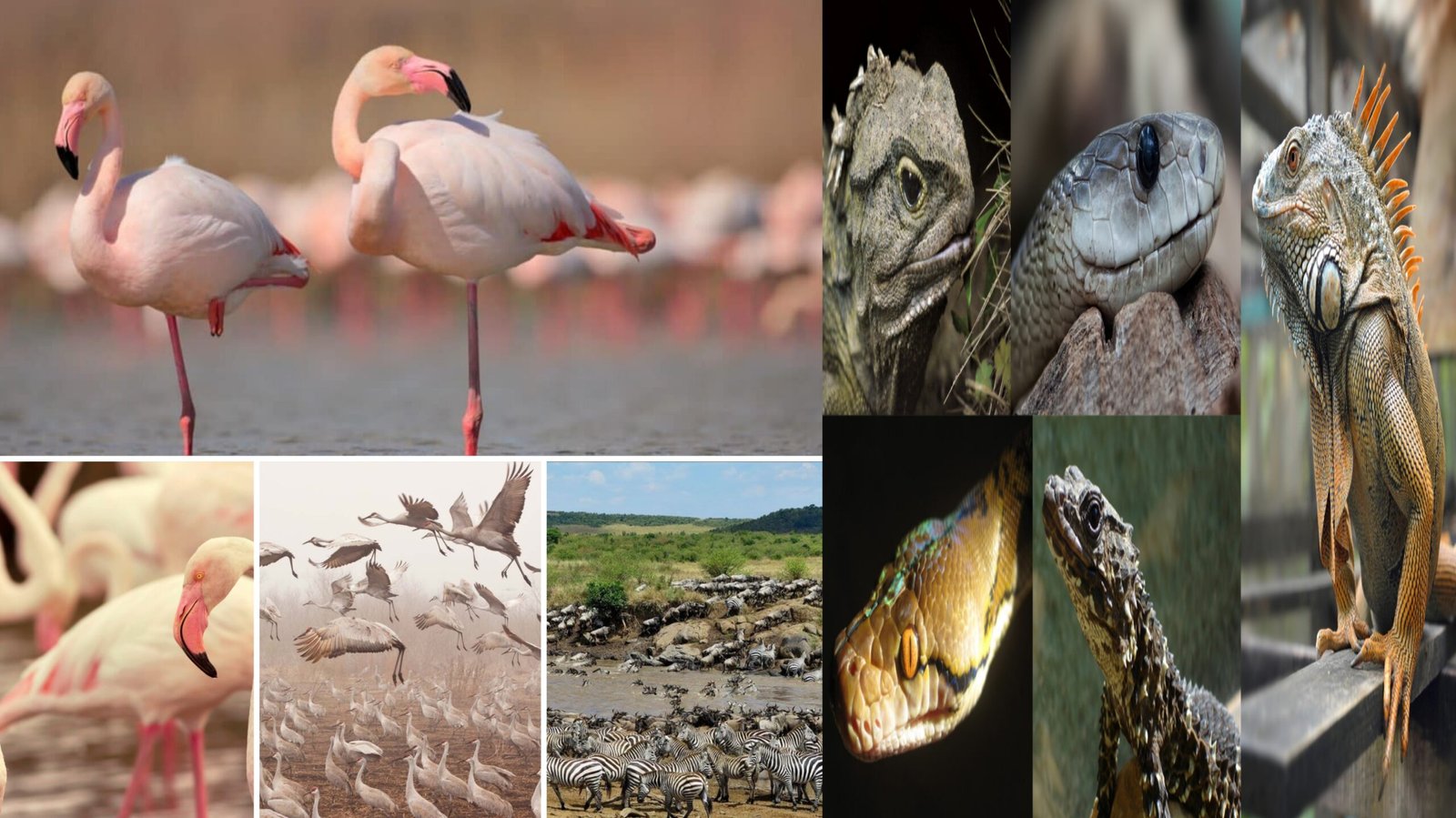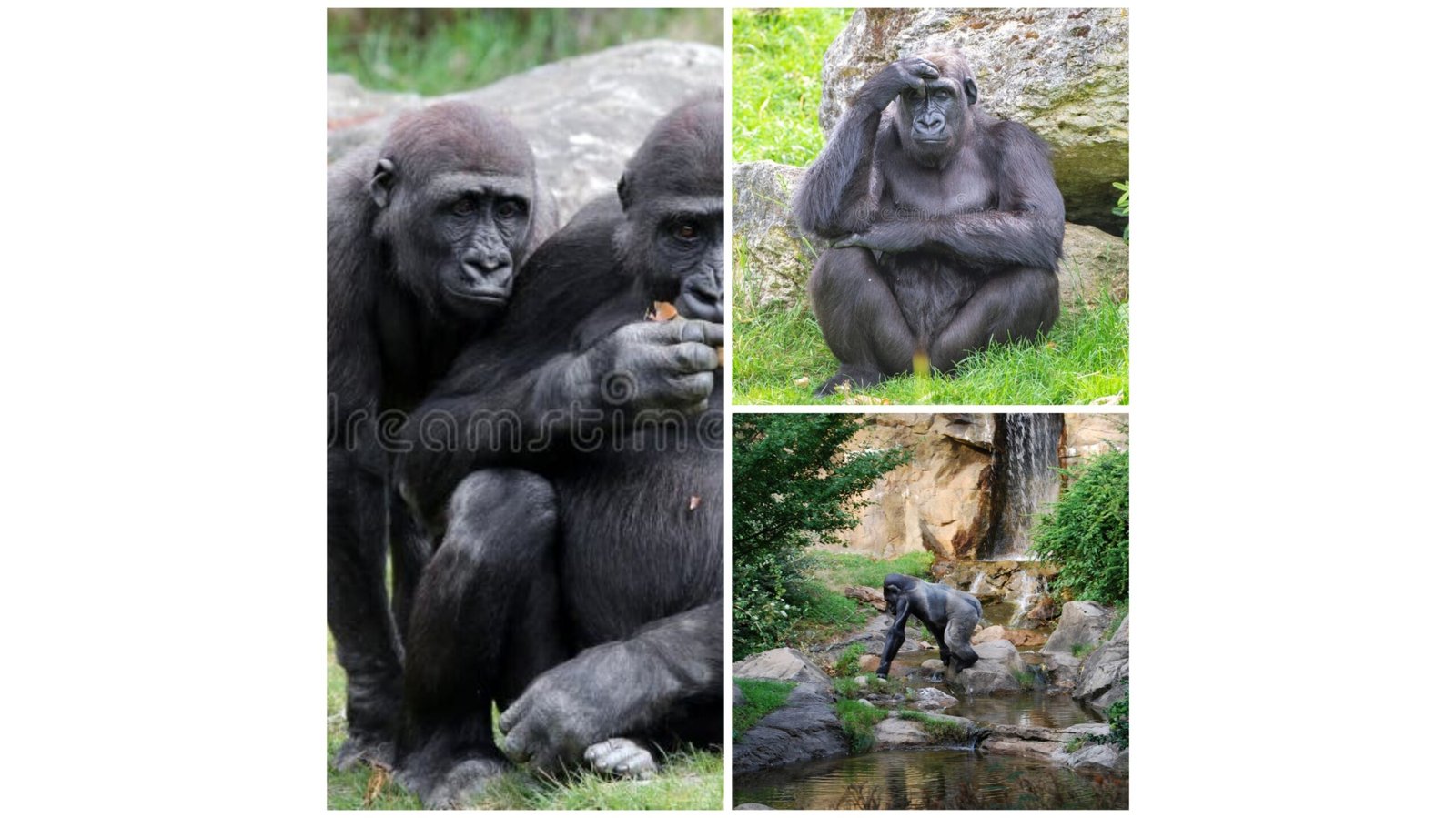gorilla funny playing in river gorillas funny moments
Wildanimals migrations
Wildanimals migrate for food, water, climate, safe breeding grounds. Migration is one of the most wildlife behaviors in continents, oceans. Here are wildanimal migrations found in the world are – Land Wildanimal Migrations 🦌🦓🐂🐘🦙 1.🦌🦓🐂Serengeti Migration Tanzania, Kenya Wildanimals migrate are wildebeests, zebras, gazelles searching for fresh grass, water also known as the Great Migration … Read more

